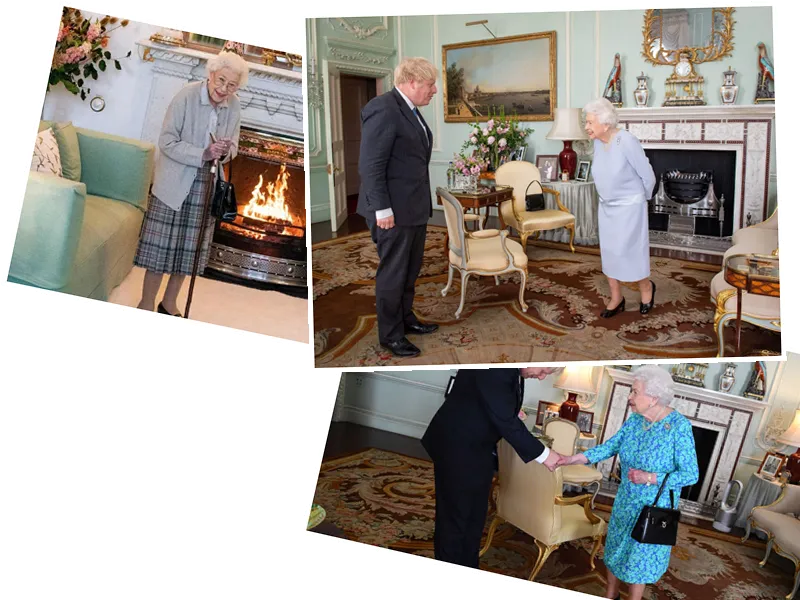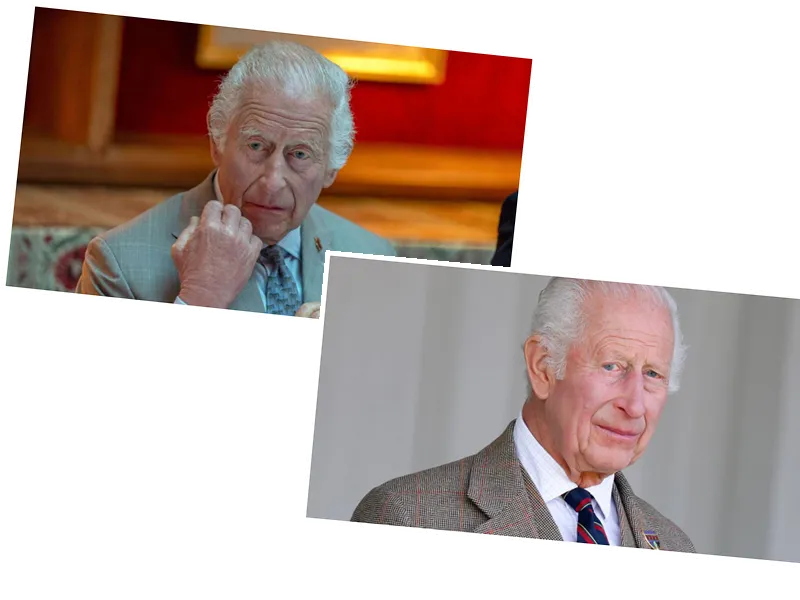Queen Letizia's Timeless Portrait in Vintage Balenciaga
Queen Letizia of Spain has made headlines with her stunning official portrait, captured by renowned photographer Annie Leibovitz. This portrait, commissioned by the Bank of Spain, celebrates the 10th anniversary of King Felipe VI's reign and the couple's 20 years of marriage. In the photograph, Letizia dons a breathtaking vintage Balenciaga dress, a choice that resonates deeply with Spanish heritage and high fashion. The dress, a strapless creation in black silk chiffon and tulle, dates back to 1948 and was originally commissioned by Maria Junyent, a close friend of Balenciaga. This historical context adds layers of significance to the portrait, showcasing not only Letizia's elegance but also her connection to Spanish fashion history.
The Significance of Balenciaga in Spanish Fashion
Cristóbal Balenciaga, a Basque designer, is celebrated as one of the most influential figures in haute couture. His designs have been revered for their architectural quality and artistic vision. The choice of a Balenciaga dress for the portrait is a nod to the designer's legacy and his longstanding relationship with Spanish royalty. The dress worn by Letizia is complemented by a striking raspberry cape, originally created for the wedding of King Juan Carlos I and Queen Sofía in 1962. This ensemble not only highlights Letizia's fashion-forward sensibility but also reinforces the cultural significance of Balenciaga's work within the context of Spanish history.
A Modern Royal Statement
Letizia's choice of vintage Balenciaga for her portrait is a powerful statement in a time when royal fashion is often scrutinized. By opting for a piece that is both historic and iconic, she deflects potential criticism and aligns herself with the timeless elegance that Balenciaga represents. The portrait, which will be displayed at the Bank of Spain, captures Letizia in a moment of grace and authority, embodying the dual roles of queen and fashion icon. Her accessorizing with diamond jewelry that once belonged to Queen Victoria Eugenie further emphasizes her connection to the royal lineage and the rich tapestry of Spanish history.





